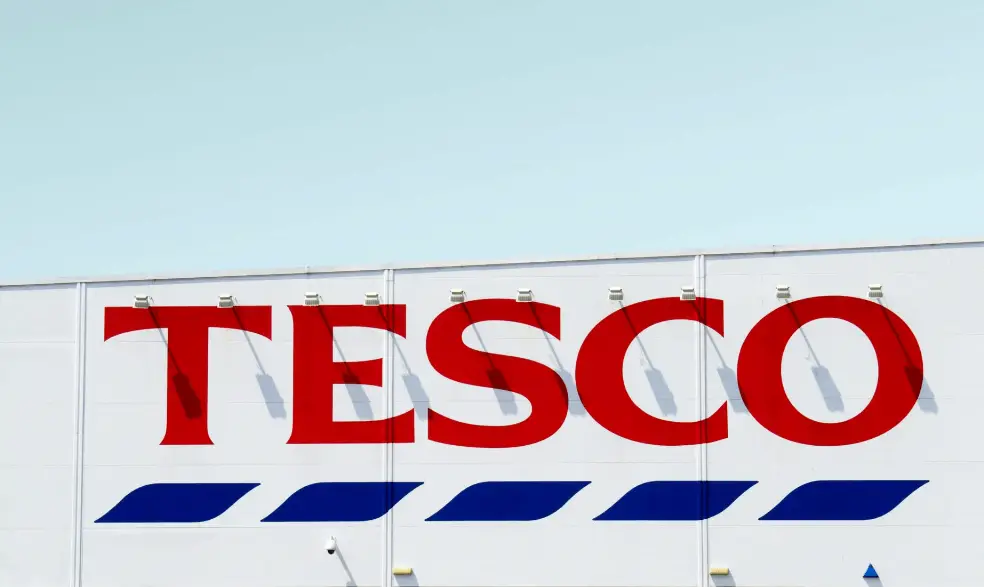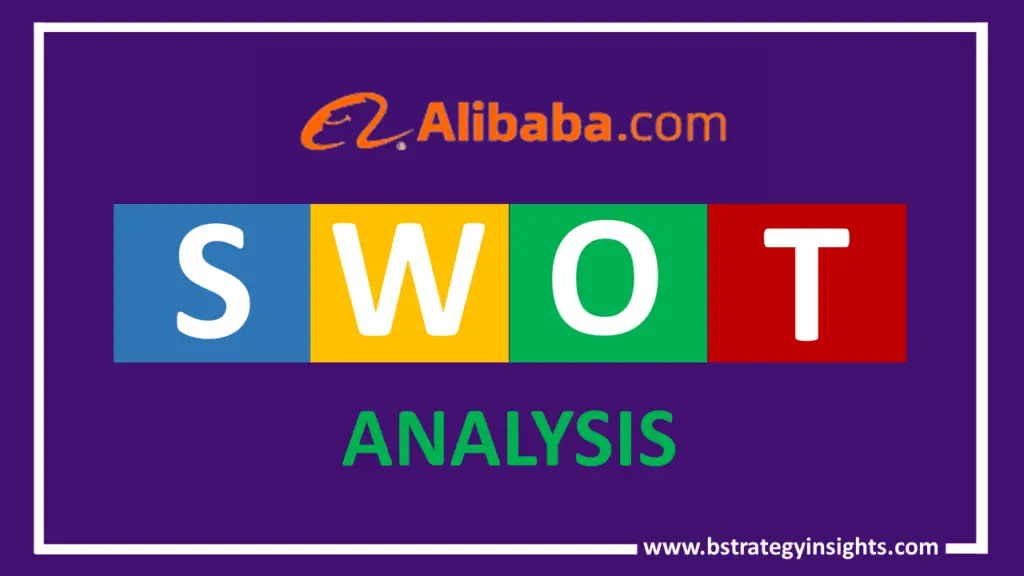
Tesco PLC is a British multinational that deals with groceries and general merchandise; it ranks 3rd globally among grocery retailers. The company has its headquarters in the UK. It has its presence in 16 countries globally. Below are some brief highlights of the company’s background. Then we will discuss in detail Tesco’s SWOT Analysis.
Company Highlight
| Name | TESCO PLC |
| Website | https://www.tescoplc.com/ |
| Founders | Jack Cohen |
| Chief Executive Officer (C.E.O.) | Ken Murphy (Oct 1, 2020–) |
| Tagline | Every little helps |
| Headquarters | Welwyn Garden City, United Kingdom |
| Type of Corporation | Public |
| Year Founded | 1919, London, UK |
| Revenues (2019) | $53.4B |
| Key Products/Services | food and sundries, fresh foods and groceries, and ancillary. |
| Key Competitors | Walmart, Home Depot, Amazon.com, Publix Supermarkets, Target, The Gap, CVS health corporation and Kroger |
Now let’s go through Tesco’s SWOT analysis which outlining the strengths, weaknesses, opportunities, and threats of the company.
Tesco’s Strengths
Financial turnaround and Strong leadership
2015 was a challenging year for Tesco; the company had a devastating financial scandal that caused a £6.4 billion loss for the giant retailer. But while many remained skeptical, the brand registered an impressive turnaround thanks to the leadership of Dave Lewis. The brand moved from a position of loss in 2015 to making £1.9 billion in operating profits in its 2020 financial year.
Market dominance and is globally diversified.
Tesco has a huge market presence with 7005 stores globally and a major presence in Great Britain. It has a 26.9% grocery market share in Britain with its closest competitor coming in at 14.9%. it also takes the lead in Ireland as well.
Strong financial performance during the pandemic
While the pandemic had devastating effects on particular economic segments and organizations, it was a different case for Tesco. The company registered a 10.5% growth rate in the 3rd quarter of 2020. The majority of this growth came from online sales expansion. This volume of growth had Tesco enlarging its workforce by a further 16000 employees
Adaptability
With the coming of the pandemic, there came restrictions on in-store purchases. In response, Tesco increased its delivery capacity 100% to reach 1.5 million slots. This led to a profit gain of £551 million which was 28.7% more growth as compared to the previous year.
Low operational costs
Tesco PLC strategically leverages its vast operations to gain bargaining and negotiation advantages in its contracts with suppliers. Additionally, it is able to reduce its costs of operations because of economies of scale, continuous improvement on the company’s efficiencies and effectiveness.
Innovation
Tesco was judged to be the winner of Advanced NoSQL Architecture. It makes use of automated barcode stock-take systems. It also uses technology to boost its efficiencies and effectiveness through the implementation of programs like the automated parking system The organization has also developed an app for its operations.
Great brand recognition and identity
Tesco has been in operation in the UK for more than a century now. With increased efficiencies and effectiveness, with more attention to customers, the brand has kept increasing its goodwill from its customers.
Award winning brand
Tesco has won many awards due to its high performance. It has won awards in the categories of being favorite supermarket retailer, best grocer of the year award, among others.
Efficient distribution network
Tesco’s business model is simple and effective and therefore its distribution network is equally effective, simple, and reliable.
Tesco’s Weaknesses
Heavy reliance on the UK market
Whereas the company has a global presence and expects the income from these international operations to increase, the company has remained heavily reliant on the operations and income from the UK. In the event business in the UK slows down, the business will definitely be negatively impacted.
Decline operating profits
While the company’s revenues have increased strongly, its profits have gone down significantly; 2021 has registered a 28.1% drop in operating profits. This is attributable to the pandemic-related costs that included paying workers who are ill, and all other workers not at work because of Corona-related issues, etc.
Tesco’s Opportunities
E-commerce shopping
Over the last few years, the company has heavily invested in its online platforms and now has a new and robust distribution platform. The organization in the coming days can leverage these platforms by use of big data analytics to better understand its customers and be agile in adopting and meeting the changing needs of customers and the world at large.
Partnerships and strategic alliances
Partnerships and strategic alliances help build synergies that would otherwise not have been possible. Tesco could explore such avenues with strategic suppliers, and marketers among other strategic entities in the market.
Emerging economies
Given Tesco has faced challenges in maturing markets to the extent that it has closed its operations in some of those markets, Tesco should consider investing in developing economies as there are registered growth opportunities in such areas.
Favorable government policy
Government policies have paved way to opening of new markets. This is as a result of the introduction of new technology standards as well as government free trade policy. There are new environmental policies that are being implemented
Technology; AI and Machine learning
Technologies offer greater efficiencies and effectiveness in operations that would give more advantages to Tesco. Strategic partnerships with IT companies could be a great opportunity for Tesco LPC.
Tesco’s Threats
COVID-19 pandemic
Tesco’s shift to an online strategy among other strategies helped the company boost its sales even when other businesses could not survive the heavy blow of the pandemic. And while the company’s sales strongly improved over the COVID period, its profits were going south because of the heavy expenses that are COVID related. COVID threatens the profitability of the company.
Stiff competition
The retail industry is rife with many huge brands that are clamoring for the same customers. In the UK where Tesco has a huge customer base, Tesco was overtaken by Ocado as the most valued retailer in the UK. This could be an indication of the shift in industry-level dynamics. There is also Asda, whose ownership changed from Walmart to the Issa brothers billionaires. The investors are keen on bringing the brand to their 6000 forecourts present in over 10 countries. This threatens Tesco’s market share. This among all other major competitors threatens to take away a significant market share from Tesco.
Economic recession
With the pandemic still underway, Tesco’s new CEO Keny Murphy forecasts tough times ahead. The economic recession that is engulfing the entire world and the resultant drop in purchasing power will surely impact the revenues of the brand. There is also the question of rising unemployment that is crippling a household’s purchasing power.
Conclusion
While Tesco is already doing very well, they need to focus on such areas as developing economies for more growth, look for strategic alliances and partnerships, enhance their e-commerce and solve any rising controversies and expand their marketing and advertising to include more customers.


